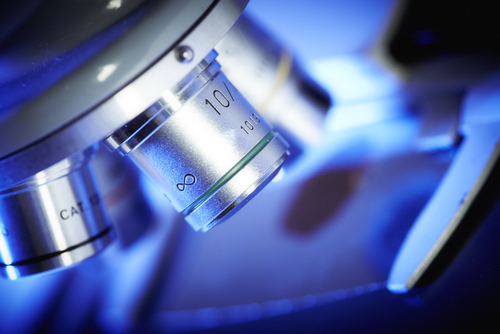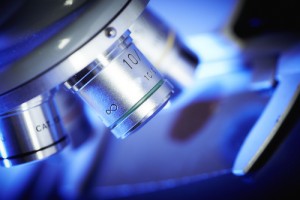Mutation New to PAH Onset is Identified and Remedied in the Laboratory

 Putting an end to one familial case of pulmonary arterial hypertension (PAH) without a known cause, a recent study published in New England Journal of Medicine investigated the mutation responsible for one family’s idiopathic PAH. Lead authors Lijang Ma, MD, PhD, and Danilo Roman-Campos, PhD, principal investigator Wendy Chung, MD, PhD, and fellow colleagues at Columbia University Medical Center and other institutions reported a novel mutation responsible for a channelopathy that was then remedied experimentally in cells through pharmacologic manipulation.
Putting an end to one familial case of pulmonary arterial hypertension (PAH) without a known cause, a recent study published in New England Journal of Medicine investigated the mutation responsible for one family’s idiopathic PAH. Lead authors Lijang Ma, MD, PhD, and Danilo Roman-Campos, PhD, principal investigator Wendy Chung, MD, PhD, and fellow colleagues at Columbia University Medical Center and other institutions reported a novel mutation responsible for a channelopathy that was then remedied experimentally in cells through pharmacologic manipulation.
Often when a disease such as PAH runs in the family with autosomal dominant transmission, there is an underlying genetic cause. The usual offenders for PAH are mutations in BMPR2, ALK1, ENG, SMAD9, and CAV1. On the occurrence of patients without mutations in these genes, it is difficult to pinpoint the best treatment for PAH, which has a high mortality rate.
[adrotate group=”4″]
Such was the case for a family who had multiple members with idiopathic PAH. The research team chose to conduct whole-exome sequencing in order to identify a mutation responsible for their PAH. The team found a single-nucleotide variant mutation in the gene KCNK3, which encodes for a potassium channel that maintains vascular tone of the pulmonary artery. Analysis of all available members of the index family showed members without this mutation did not have PAH, and only two with the mutation showed no signs of PAH.
To investigate the effect of the specific mutation, c.608 G→A (G203D), the researchers generated the mutation in a cell line and identified the biological and electrophysiological effects. Cells deficient in proper potassium KCNK3 channels showed a loss of function and ability to regulate resting membrane potential.
[adrotate group=”3″]
By applying the phospholipase A2 inhibitor ONO-RS-082, the team rescued most of the channel activity of cells. Most, but not all, of the mutant cells had robust recovery of both function in nonmutant KCNK3 channels and current density in some of the mutant channels.
Although ONO-RS-082 is for experimental use only, phospholipase A2 inhibitors have been studied for their anti-inflammatory properties. The authors suggested other potential therapeutic agents based on their interactions with KCNK3, such as treprostinil and 8-bromo-cAMP. These agents might be useful in treating PAH patients who developed their disease as a result of the novel channelopathy identified in the study.







